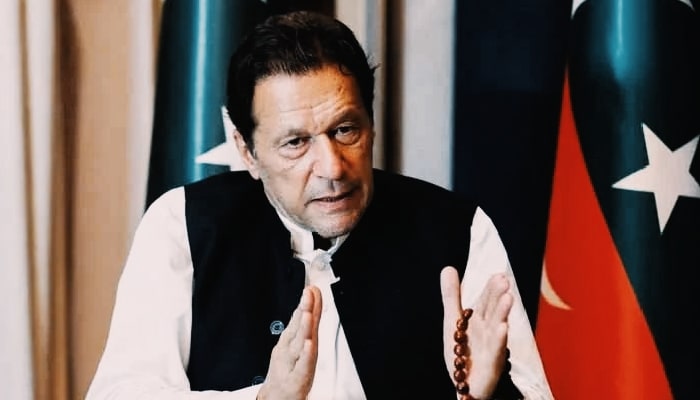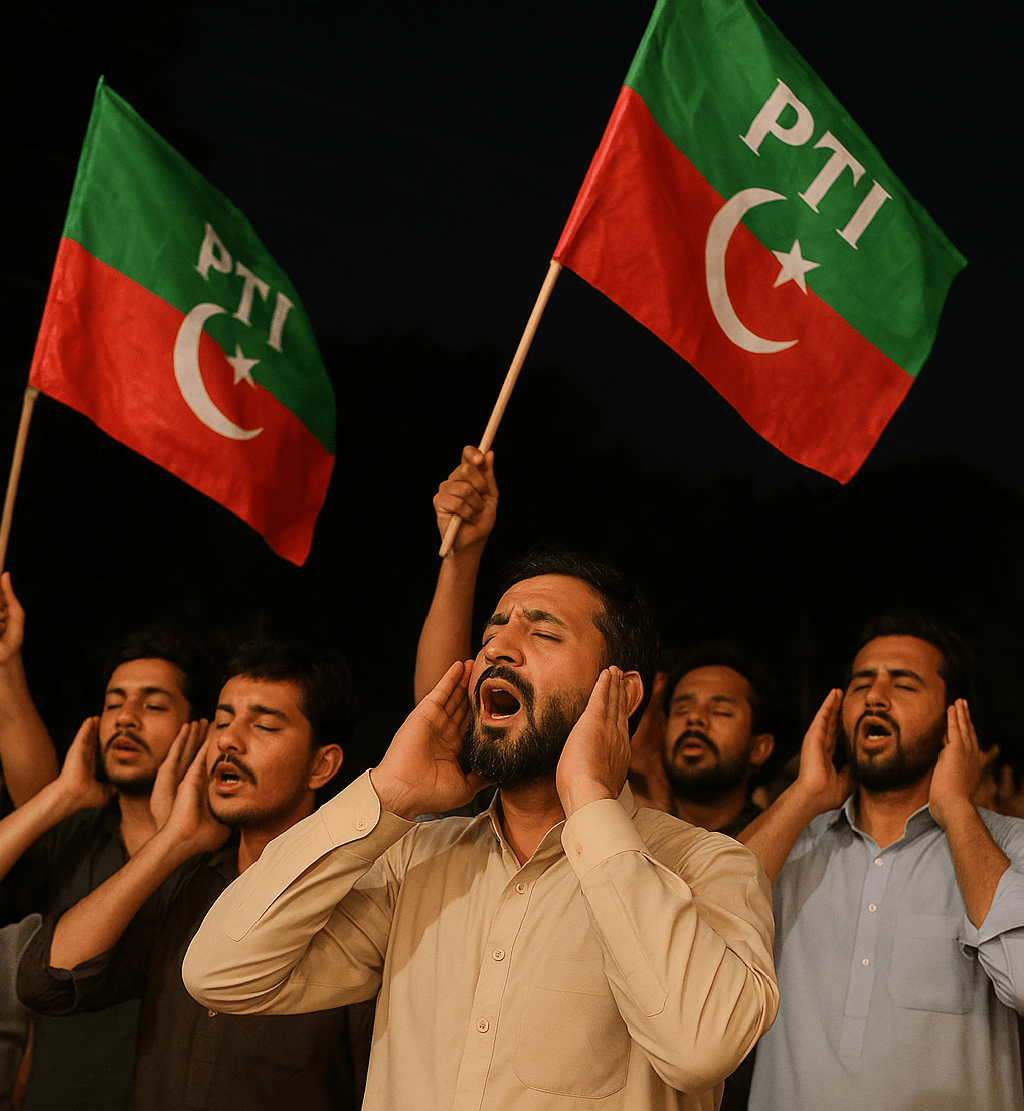Thousands of people from all around Pakistan and outside were urged to raise their voices in Azan at 9 PM on September 20, 2025, as part of the “Mission Noor” effort. For many Pakistanis, this campaign swiftly gained popularity on social media and came to represent resistance, faith, and solidarity. Former Prime Minister Imran Khan’s supporters characterized it as a nonviolent means of expressing solidarity, praying for justice, and pursuing liberation from oppression.
The distinctive feature of Mission Noor was its people-driven, leaderless approach. It was not under the influence of any one religious scholar or political figure. Rather, the concept was spread by regular people, students, families, and social media activists, who urged others to follow suit.
What is Mission Noor?
Mission Noor was not your typical political gathering or demonstration. People were urged to recite the Azan from their rooftops, balconies, and streets at precisely nine o’clock in the evening as part of a spiritual call to action.
“Light” is what the term Noor signifies. Supporters said the mission stood for the hope and light of truth against darkness and injustice. Mission Noor sought to remind everyone that genuine power resides with God and the people by fusing faith with nonviolent protest.
The Date and Time
There’s a reason why the Mission Noor organizers selected September 20, 2025, at 9 PM. Social media activists clarified that Azan could be heard extensively in cities and towns at night and would have a greater spiritual influence. The purpose of the coordinated timing was to demonstrate solidarity and group will.
The Message Behind Mission Noor
Mission Noor’s supporters thought it conveyed three key messages:

- Spiritual Strength: By identifying the movement with Islam, the Azan helped people see it as a nonviolent act of devotion rather than a violent demonstration.
- Unity and Resistance: Thousands of individuals doing the same deed simultaneously served as a signal of Pakistanis’ solidarity regardless of their political affiliation or place of residence.
- Freedom and Justice: The movement was closely associated with the call for the release of Imran Khan and the cessation of political persecution.
The Role of Social Media
One glaring example of how internet platforms are influencing contemporary social and political movements is Mission Noor. Posters, audio messages, and videos promoting participation were posted on TikTok, Facebook, Instagram, WhatsApp, and X (Twitter).
This campaign was not structured around public lectures, wall-mounted posters, or rallies like previous ones. Rather, it was entirely conducted online. It was a worldwide appeal, as many of Imran Khan’s fans pledged to attend from various time zones.
Public Response
Mission Noor received a varied yet impactful response. Videos showed individuals giving Azan while standing on roofs in many Pakistani cities. A distinct atmosphere was produced by the echo of voices. It was described by supporters as “a peaceful protest that touched hearts.”
However, detractors contended that politics and religion shouldn’t be combined. They claimed that Azan’s spiritual significance may be harmed if it were used as a political instrument. For political reasons, some religious academics also questioned whether calling Azan outside of prayer hours was proper.
The ad received a lot of attention and became a global hot issue in spite of the criticism.
Government and Police Reaction
According to reports, local officials were unsure on how to react. The behavior could not be deemed unlawful or put an end to by force because it was just Azan, a religious summons. Because of this, Mission Noor was a clever and nonviolent tactic that was challenging for the authorities to implement.

According to reports, law enforcement authorities closely monitored the situation, but as the gathering was nonviolent, no significant action was taken against the participants.
Global Perspective
Mission Noor also involved Pakistani communities worldwide. Supporters participated at their local hours in nations such as the United Kingdom, the United States, Canada, and the Middle East. This demonstrated that the movement was widespread and that Pakistanis living abroad maintained close ties to the political events in their country.
Symbolism of Azan in Mission Noor
Strong symbolism was attached to the usage of Azan. Azan serves as a reminder of unity, faith, and devotion to Allah in addition to being a call to prayer in Islam. Mission Noor made the connection between spiritual principles and political struggle by transforming it into a nonviolent protest instrument.
Proponents contended that it was about using the strength of faith to resist injustice rather than just politics. However, some cautioned that this would pave the way for the abuse of religion in political conflicts.
Conclusion
Mission Noor was more than a mere political initiative. It was a significant occasion that combined resistance, solidarity, and faith. On September 20, thousands of voices from all across Pakistan and beyond came together in Azan at precisely nine o’clock in the evening, resulting in a moment of political and spiritual importance.
There are still differing views on Mission Noor, but one thing is certain: it was successful in drawing attention, motivating people, and giving them hope. Mission Noor has already shaped Pakistan’s contemporary political history, whether it is viewed as a political instrument or a spiritual awakening.
For more Informative Article visit About News https://aboutnews.store/



